Volcanic Bombs: What Is a Lava Bomb?
Lava bombs (volcanic bombs) are chunks of molten rock shot from a volcano. When a volcano erupts, it launches these rocks into the air.
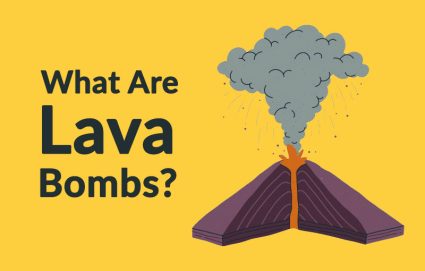
Lava bombs (volcanic bombs) are chunks of molten rock shot from a volcano. When a volcano erupts, it launches these rocks into the air.

From the explosive power of Plinian eruptions to the calm flow of Icelandic eruptions, we explore six eruption types from volcanoes.
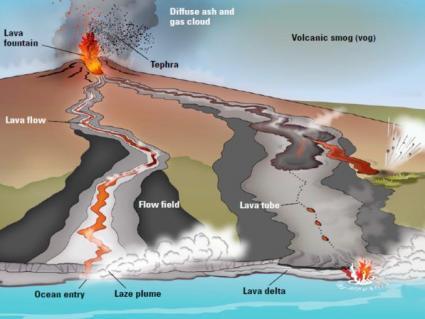
The name “shield volcano” originated from its Roman shield-like shape. They are broad, flat and can stretch hundreds of miles wide like Mauna Loa in Hawaii.
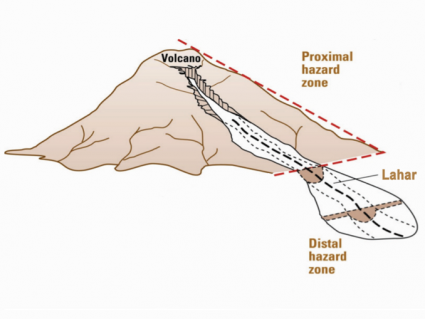
“Lahar” is an Indonesian word for mudflow at volcanoes. Lahar flows down volcanoes as a mix of mostly water, mud and rock debris (similar to wet concrete).

The stratovolcano is tall, steep & cone-shaped. Unlike shield volcanoes, stratovolcanoes build up height by layering lava, ash and tephra on top of another.
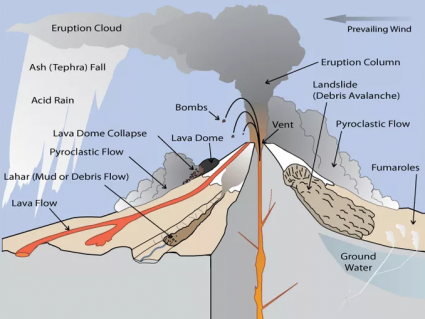
Today, we explore 13 parts of a volcano. From tephra, fumaroles, magma, lava domes, pyroclastic flow to volcanic bombs, this is the anatomy of volcanoes.
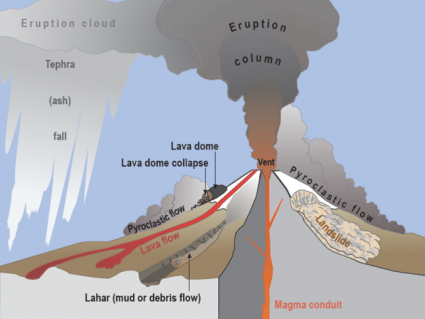
The 3 types of volcanoes are stratovolcanoes, shield volcanoes and cinder cones. Based on their geography, volcanoes take different appearances.
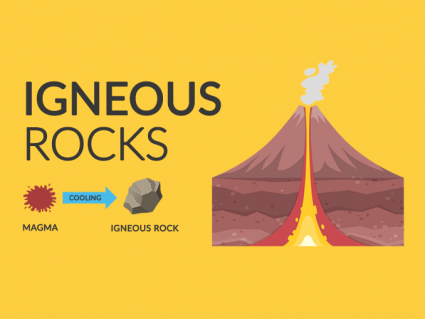
Volcanoes are the foundation for igneous rocks. When volcanoes erupt, magma and lava spews out. After cooling and solidifying, they become igneous rocks.
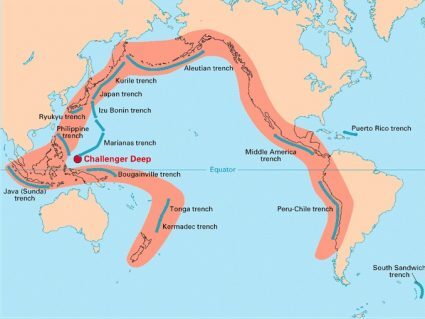
The Pacific Ring of Fire has the most active chains of volcanoes in the world. This is because tectonic plates collide and sink at these zones of subduction.
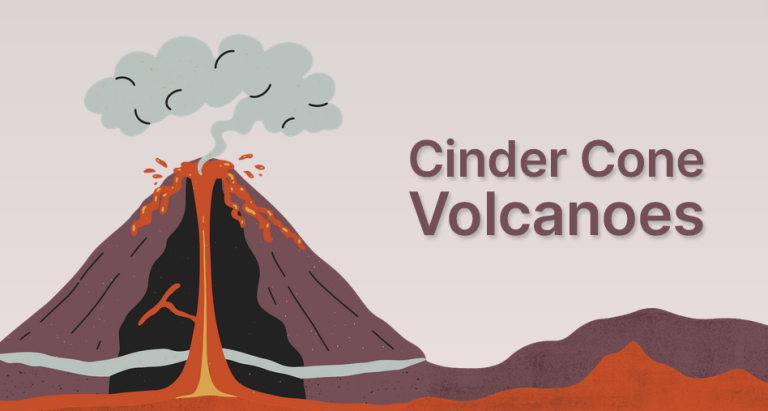
Cinder cones (also known as spatter cones) are the most common type of volcano in the world. But they are small in comparison to stratovolcanoes and others.
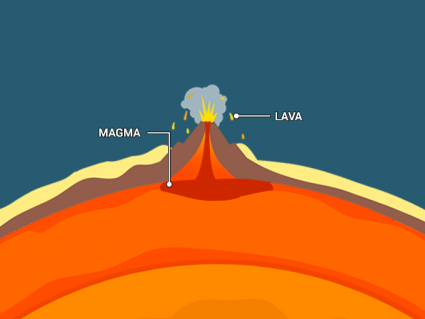
Magma is liquid rock with dissolved gas at the interior of Earth. When magma reaches the surface, it’s lava. The difference for lava vs magma is location.